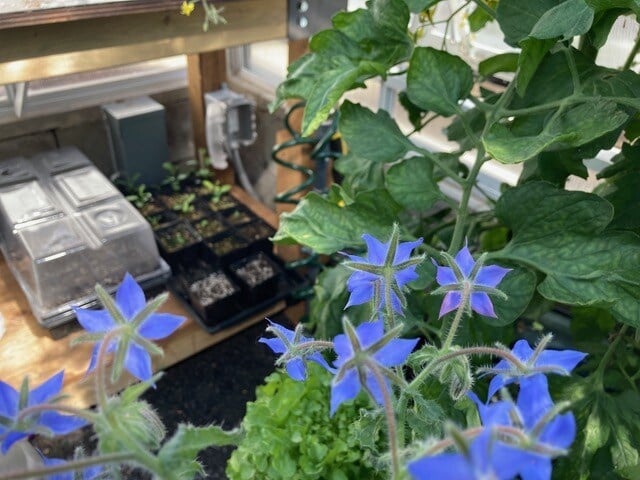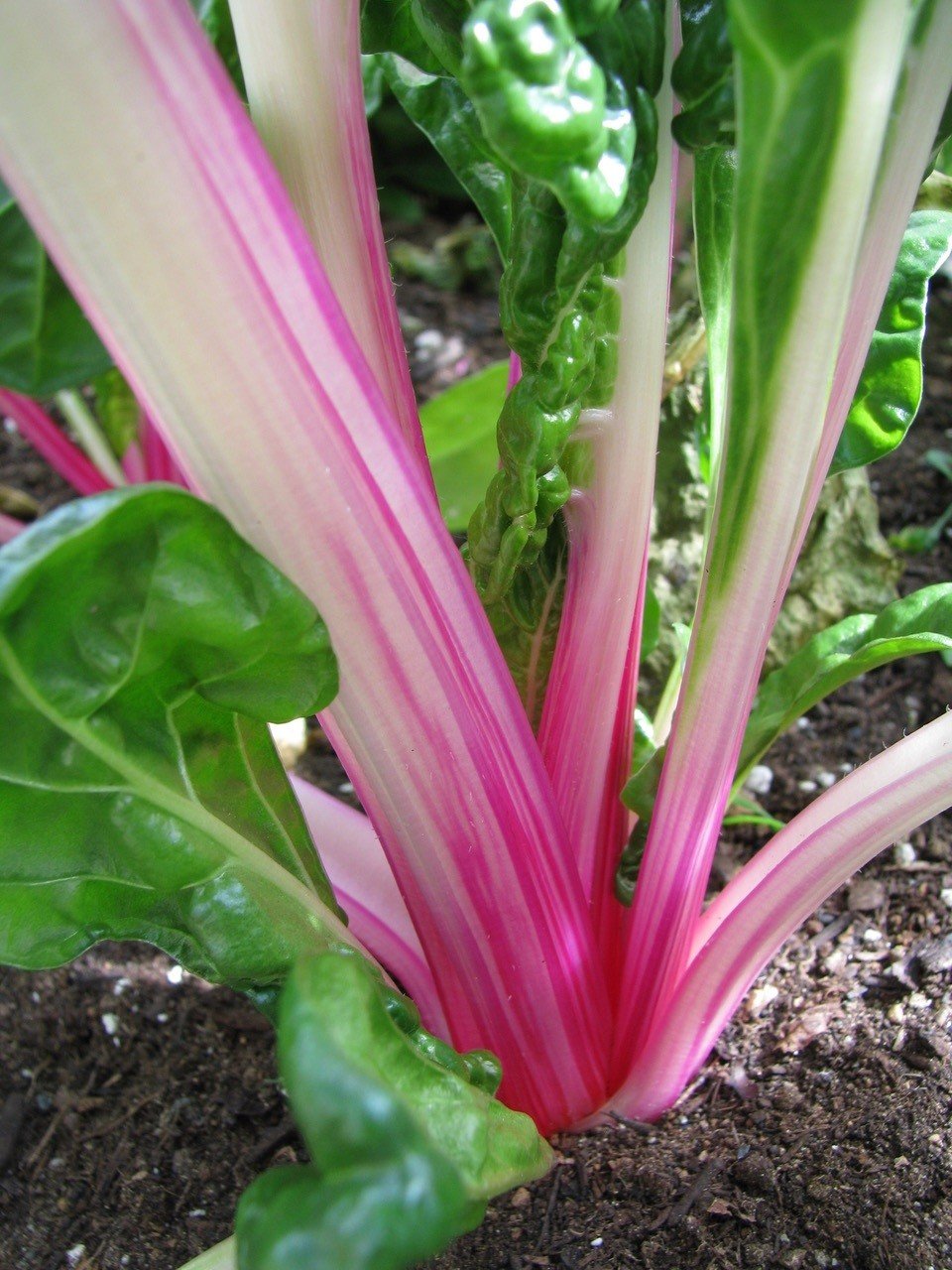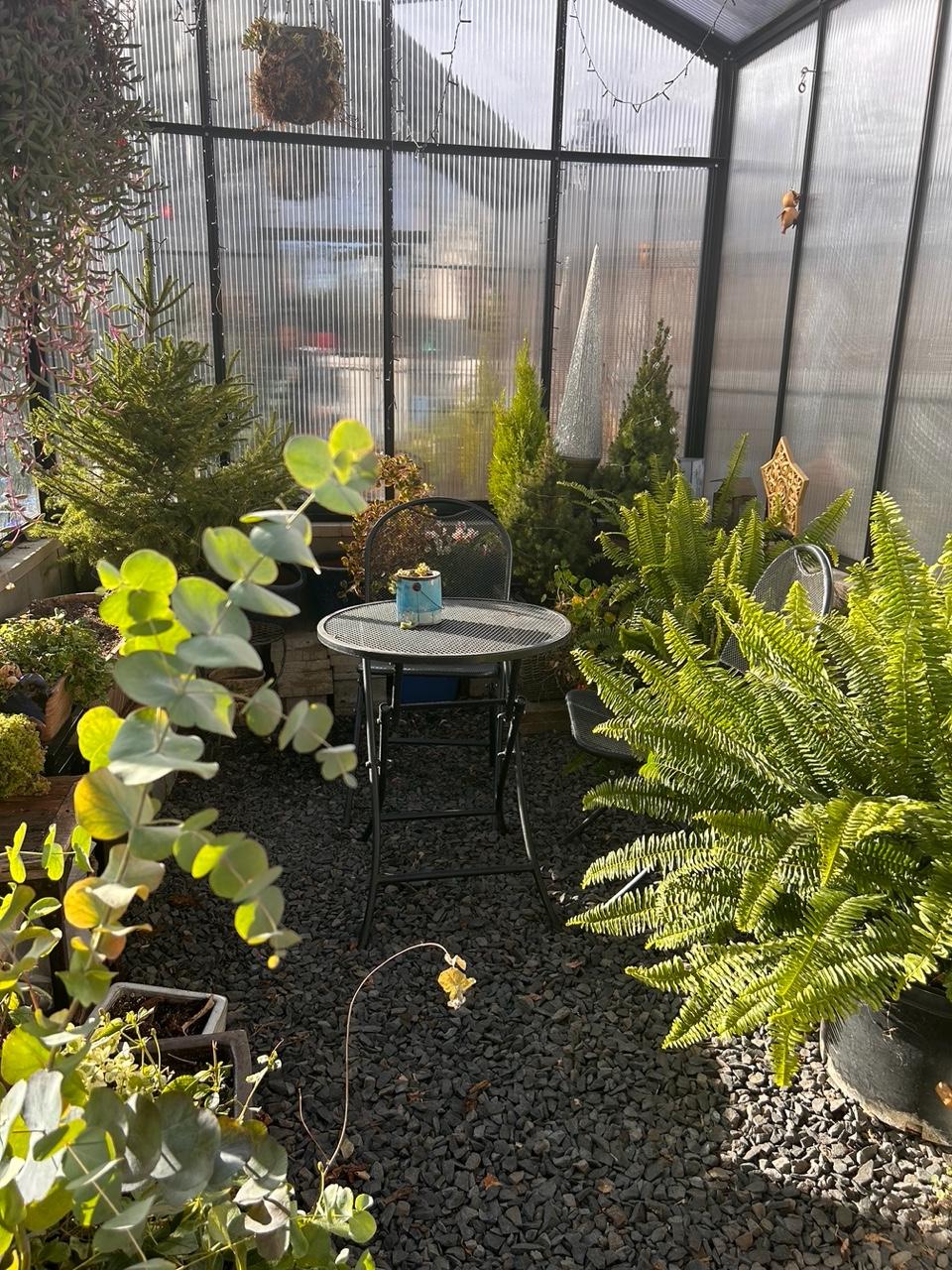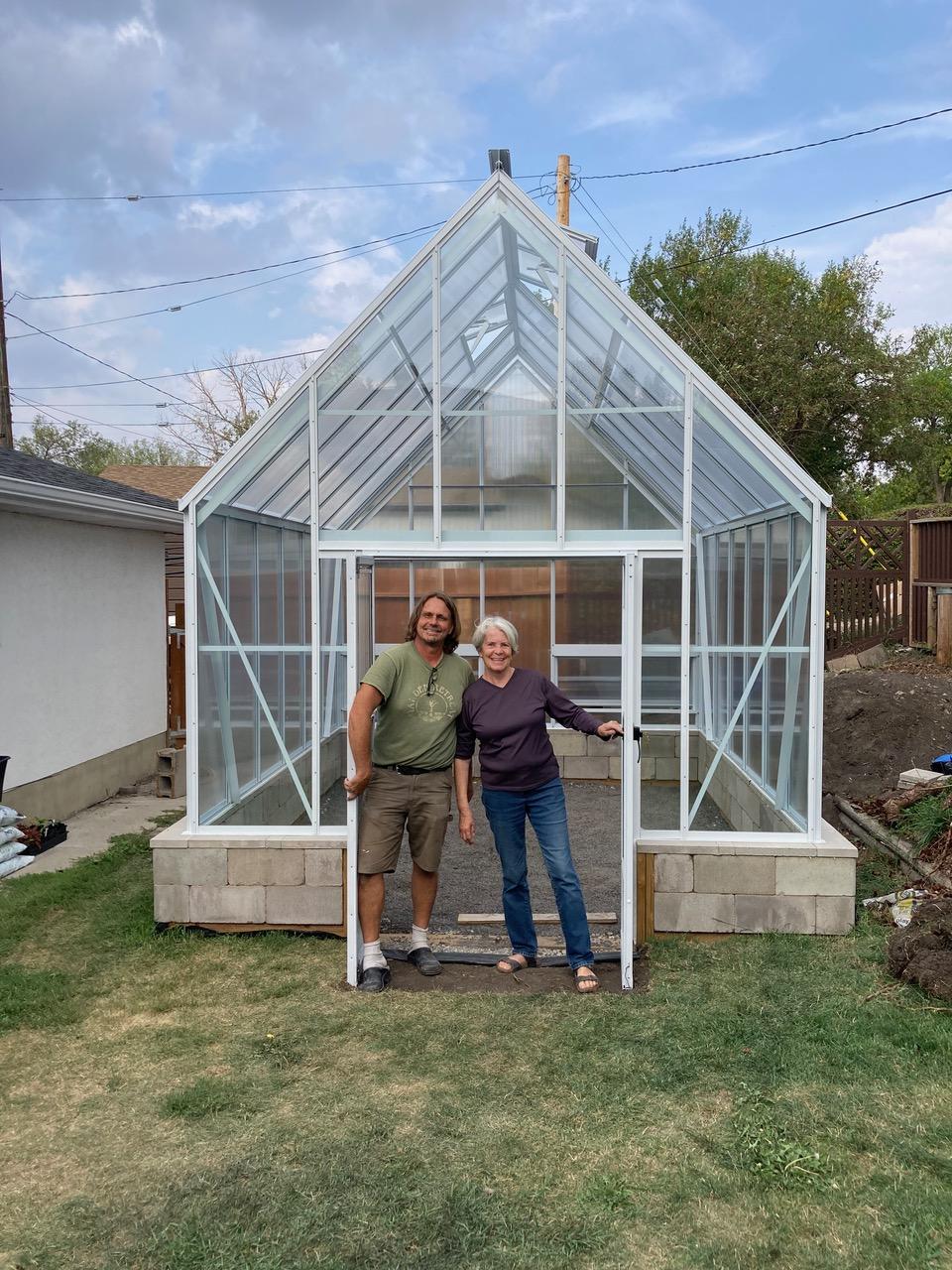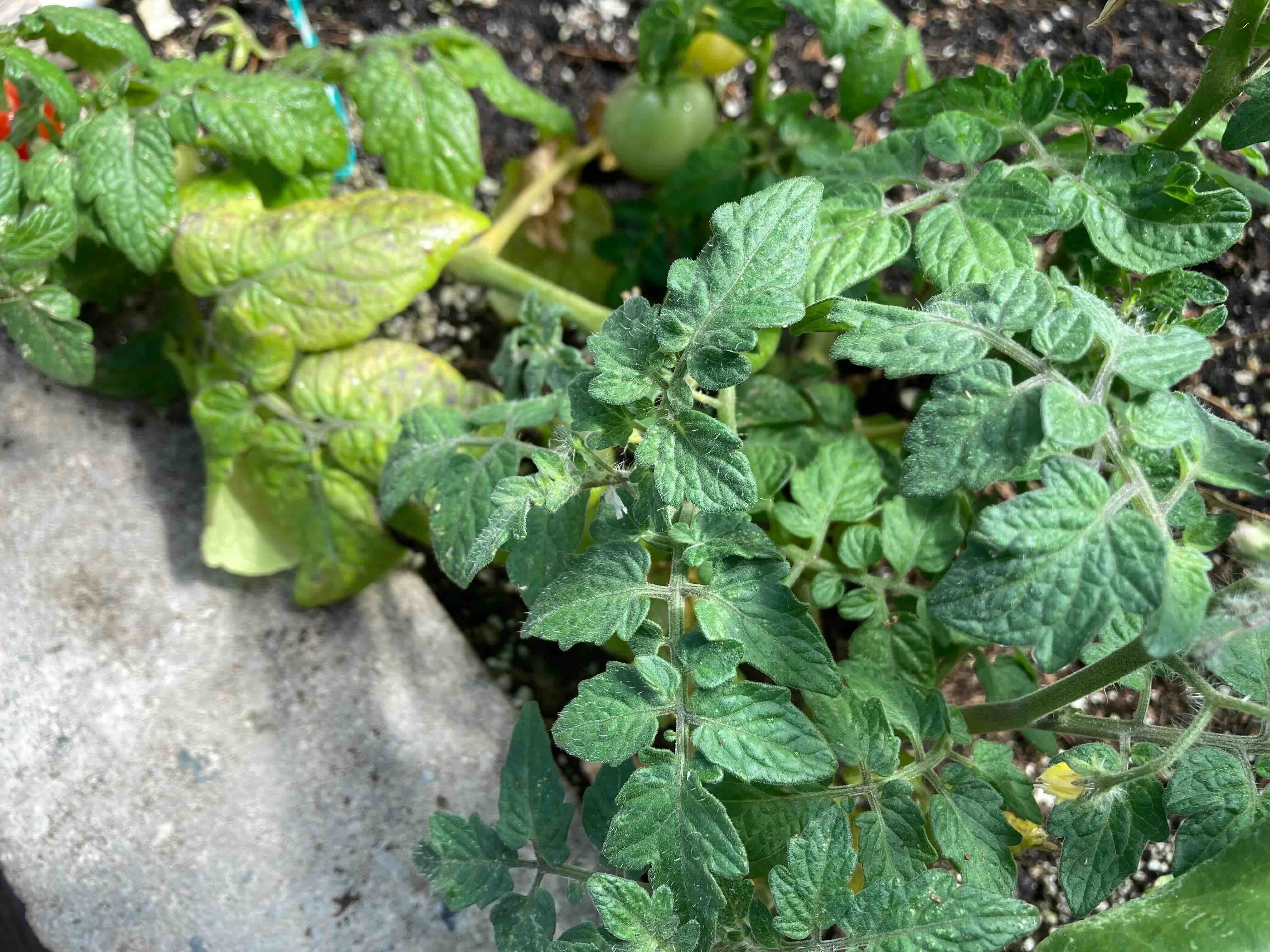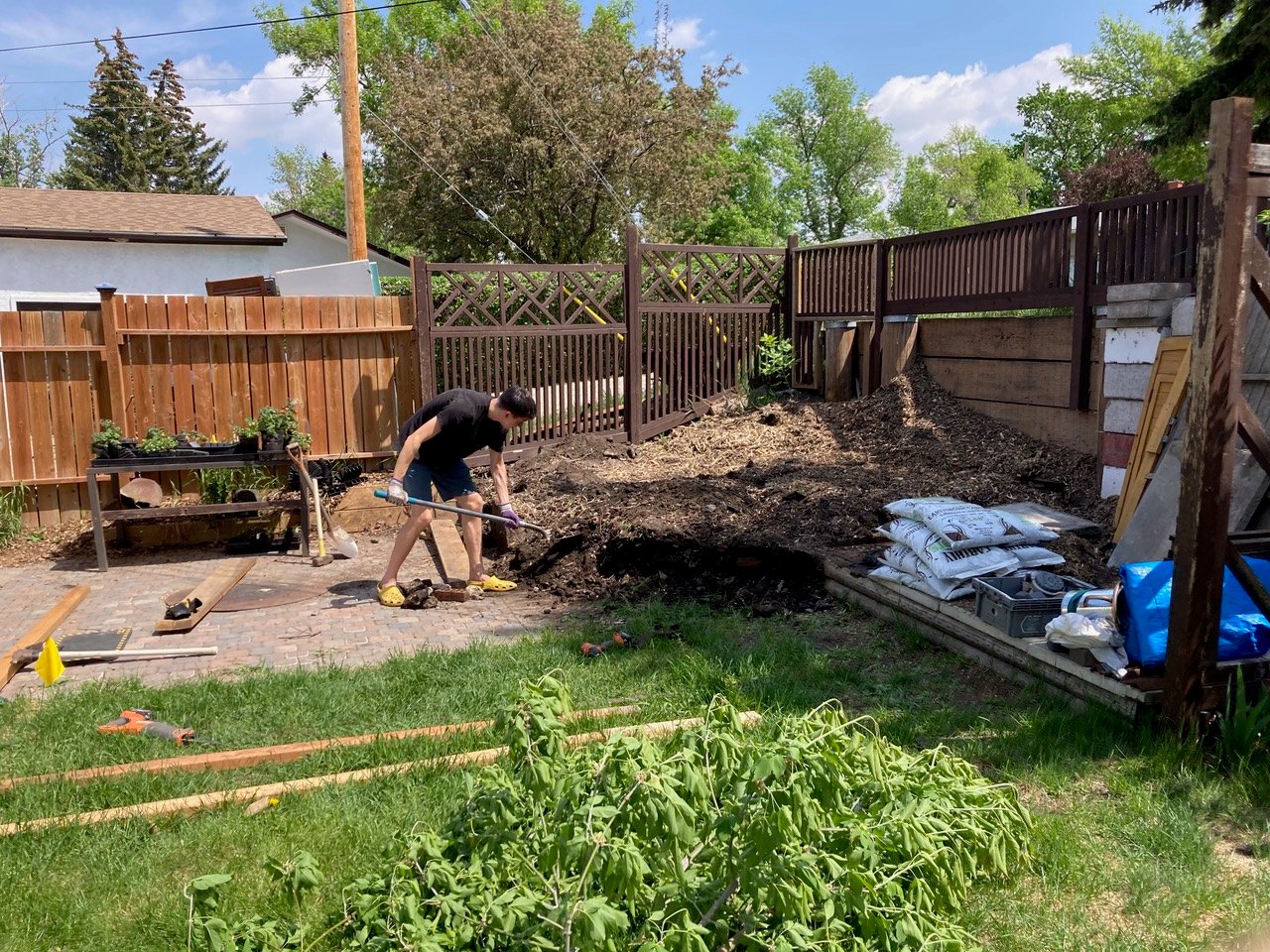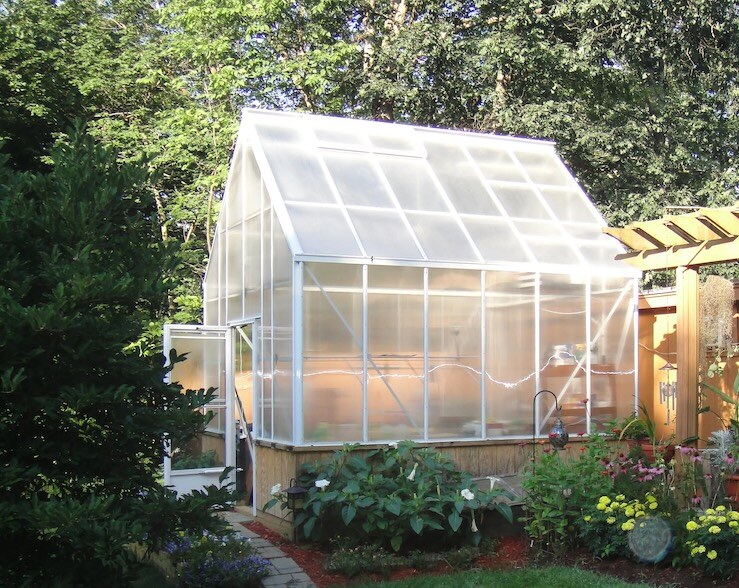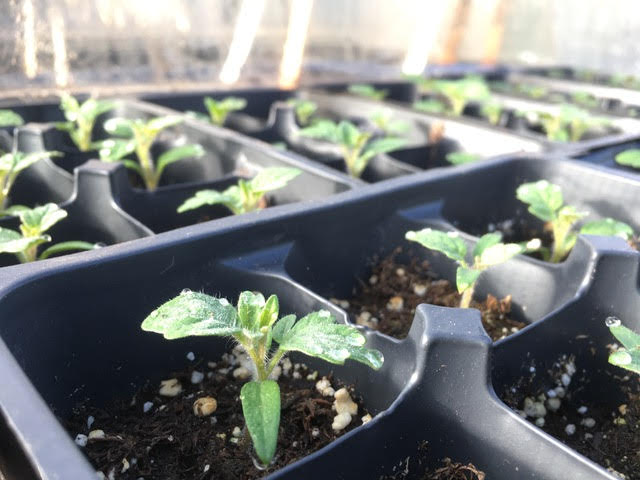What Summer Prep Should I Do for a Productive Winter Greenhouse?
Quick Answer:
Preparing your greenhouse in summer for a successful winter harvest involves succession planting hardy cold-tolerant crops early, planning based on your latitude and daylight changes, and starting seedlings in a controlled nursery area to ensure continuous growth and optimal winter yields.
As summer thrives, it's the ideal time to start preparing your winter greenhouse for a successful cold-season harvest. This guide will provide essential tips on succession planting, choosing the right crops, and maximizing your greenhouse's potential through strategic summer planning.

